Module 2: Documentation and Data Lifecycles
Introduction
In this module you will:
- Understand why it is important to supply good documentation
- Identify what does good documentation look like
Learning Objectives
- Identify key parts of a README and create their own for a dataset they’ve worked on.
- Analyze what standardization means in the context of a particular dataset and execute the appropriate sets to standardize that dataset.
- Understand their role in a data lifecycle within a particular organization and the responsibilities that come with that placement.
After Completing the Module

Activity: Hands on with Data
- Go to Analyze Retail Sales
- Complete Lesson 1: Preparing the Data
- This will be an introduction to Microsoft Excel
- Complete Lesson 2: Order Dates – Basic Statistics
- Explore the importance of dates and statistics
Journal/Reflection
- Now that we have gone through data lifecycles, why is documentation and standardization important?
- What are the consequences of not having standardization?
- Write about a process in your life that you have standardized. Break it down into steps, and describe how you know you’ve done a step correctly.
Module 3: Documentation and Data Lifecycles
*Mobile Version*
Introduction
In this module you will:
- Understand why it is important to supply good documentation
- Identify what does good documentation look like
Learning Objectives
- Identify and interpret the life cycles of data (planning research, collect, process and analyze, publish and share, preserve, and re-use)
- Explain the importance of good data documentation and how to effectively document data with standardization
- Utilize data visualization tools (charts, graphs) to support data documentation visually and informatively to communicate data insights clearly and effectively (Power BI and Tableau)
Facilitator Guide
The purpose of this guide is to facilitate the learning of critical data literacy for learning objectives, course materials, and activities/projects given in a timely manner to complete the course.

Module Overview
Lorem ipsum dolor sit amet, consectetur adipiscing elit, sed do eiusmod tempor incididunt ut labore et dolore magna aliqua. Lorem ipsum dolor sit amet, consectetur adipiscing elit, sed do eiusmod tempor incididunt ut labore et dolore magna aliqua.
After Completing the Module

Activity
- Go to Analyze Retail Sales
- Complete Lesson 1: Preparing the Data
- This will be an introduction to Microsoft Excel
- Complete Lesson 2: Order Dates – Basic Statistics
- Explore the importance of dates and statistics
Journal/Reflection
- Now that we have gone through data lifecycles, why is documentation and standardization important?
- What are the consequences of not having standardization?
- Write about a process in your life that you have standardized. Break it down into steps, and describe how you know you’ve done a step correctly.

